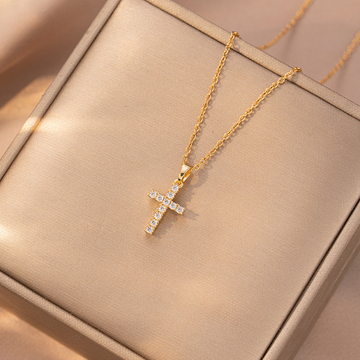The Enchanting Pink Hues and Textural Characteristics of Rhodonite Bracelets
Rhodonite, a manganese silicate mineral, is celebrated for its captivating pink tones and distinctive veining patterns, making it a popular choice for statement jewelry. The stone’s aesthetic appeal lies in its unique combination of color and texture, which are shaped by its geological formation and chemical composition. Below, we explore the origins of its pink shades and the natural processes that create its intricate designs.
The Role of Manganese in Rhodonite’s Pink Coloration
Rhodonite’s signature pink hue is primarily attributed to the presence of manganese (Mn³⁺) within its crystal structure. As a manganese silicate, the mineral’s chemical formula, (Mn,Fe,Mg,Ca)SiO₃, highlights manganese as the dominant coloring agent. The intensity of the pink varies depending on the concentration of manganese ions; higher levels produce deeper, more saturated shades, while lower concentrations yield softer pastel tones.
Iron (Fe) and calcium (Ca) impurities can also influence the color, often introducing subtle variations such as reddish or brownish tints. These secondary elements create a spectrum of pinks, from delicate blush to bold fuchsia, ensuring that no two rhodonite bracelets are identical. The interplay of these elements reflects the stone’s complex geological history.
Natural Veining and Pattern Formation in Rhodonite
One of rhodonite’s most striking features is its black or dark brown veining, which contrasts beautifully with its pink background. These veins are typically composed of manganese oxide minerals like pyrolusite or braunite, which form during the stone’s later stages of crystallization. As groundwater rich in manganese percolates through the rock, it deposits these oxides along fractures and cleavage planes, creating the characteristic web-like patterns.
The size and orientation of these veins depend on the stone’s exposure to hydrothermal fluids and the pressure conditions during its formation. In some specimens, the veining appears as thin, delicate lines, while in others, it forms bold, irregular patches. This variability adds to the stone’s artistic appeal, as each bracelet showcases a one-of-a-kind design.
How Crystal Structure Affects Texture and Luster
Rhodonite’s triclinic crystal system contributes to its smooth, vitreous luster when polished. The mineral’s compact, granular structure allows it to take a high polish, enhancing its reflective qualities and making the pink hues appear more vibrant. However, the presence of inclusions or impurities can create a slightly rough or pitted texture, adding depth and character to the surface.
In some cases, rhodonite may exhibit a fibrous or lamellar texture due to the alignment of manganese silicate crystals during growth. This texture can give the stone a subtle shimmer or chatoyancy, though it is less pronounced than in minerals like tiger’s eye. The combination of smooth polish and natural texture makes rhodonite bracelets visually dynamic under different lighting conditions.
Geological Environments That Shape Rhodonite’s Appearance
Rhodonite typically forms in metamorphic rocks, particularly those derived from manganese-rich sediments. The mineral’s development requires specific conditions, including moderate temperatures, high pressure, and the presence of silica-rich fluids. These environments are often found in regions with historical volcanic activity or tectonic movement, where manganese deposits are subjected to intense geological processes.
Over time, exposure to hydrothermal fluids alters the stone’s composition, introducing the manganese oxides responsible for its veining. The duration and intensity of these fluid interactions determine the prominence of the patterns, with longer exposure resulting in more pronounced contrasts. This geological complexity ensures that rhodonite remains a fascinating subject for both jewelers and mineralogists.
Rhodonite’s allure lies in its ability to blend delicate pink tones with bold, natural designs. From the manganese-driven coloration to the intricate veining shaped by hydrothermal activity, every aspect of the stone reflects the Earth’s creative forces. Whether worn as a symbol of love or appreciated for its geological significance, rhodonite continues to captivate with its timeless beauty and scientific intrigue.







